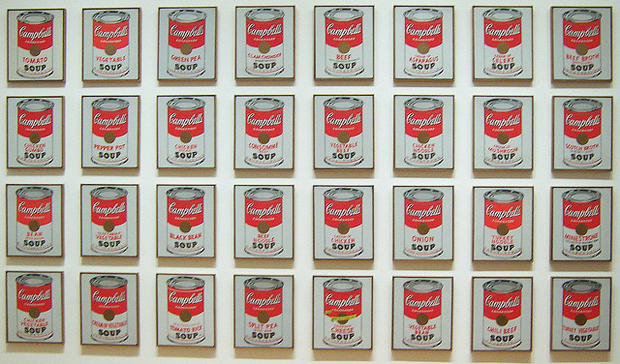This year the boys in the shop are going to build an elevated fuel tank for the oil burning engines of the Brown Dog Timber & Logging Co. RR. Its my understanding that they intend to repurpose an old tin can tank car and simply put it about 20 feet high on a couple trestle bents. They will also have to build a small pump house. The initial sketch is shown below. Formal drawings to follow.

The obligatory “tin can” below. Will use 2 of these and it will result in a tank that holds about 2,000 gallons in 1:20.3. The resulting flat car will be about 20-22 feet long. The flat car in the background was being used for scale purposes to get the right size can. I’ll build a new flat car for this project.

EDITED: To add can photo.






